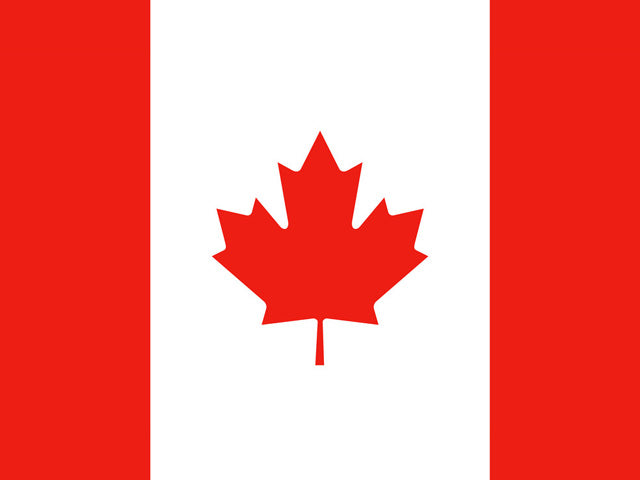Use a SAD Light to Combat the Blues during the Pandemic
Beyond the physical health threat of Covid-19, 81% of working Canadians feel the pandemic has had a negative impact on their mental health¹. As fall slips into winter across Canada, daylight hours decline significantly. In Winnipeg for instance, daylight hours dwindle from about 13 hours in September to just over 8 hours in December. It has been suggested that prolonged isolation and staying indoors because of Covid-19 may have the effect of decreasing people’s exposure to natural light even more than normal. Limited sunlight exposure is a major factor in “Seasonal Affective Disorder” (SADS).
Seasonal Affective Disorder is a syndrome that reoccurs annually in the late fall and winter. Various studies have estimated it’s prevalence between 1.7% and 2.2% of the population. It affects more women than men, and it increases with age until the mid 50’s and declines in older individuals².
Common symptoms include: sadness, anxiety, irritability, premenstrual difficulties, decreased energy, activity, and libido. Many people also feel sleepy during the day and experience increased appetite, particularly for carbs².
Although not fully understood, what is known is that SADS is complicated and varies by individual, but no single factor appears to cause the syndrome entirely. However, disruption of our normal 24 hour circadian rhythm, melatonin secretion, seasonal changes in serotonin metabolism, and genetics, all play contributing roles.
“Light Therapy” is normally the first-line of treatment for Seasonal Effective Disorder and is 60% to 90% effective. There have been over 60 studies evaluating light therapy. It is generally accepted that a minimum of 2500 lux is necessary for effective treatment. For reference, midday sunlight is 50,000 lux, outdoors on a cloudy day ranges from 1000 to 5000 lux, and bright office lighting is from 300 to 500 lux³.
The “dose” can vary, but the normal starting point is 10,000 lux for 30 minutes per day. Alternatively, 1-2 hours at lower intensity 2500 lux. Light therapy should stat early in the morning, just after awakening. Most people respond within one week³.
Common side effects include: headache, eye strain, nausea and agitation. Normally symptoms are mild and can be addressed with lower intensity. Users should avoid looking directly at the light, there is no therapeutic benefit³.
Overall, using a SAD light is safe and effective for treating Seasonal Effective Disorder. Various sizes of lights are available and consumers can find these products on-line or at most pharmacies. People should choose lights that have adjustable intensities, in case they experience negative symptoms. Given the demand for other Covid-19 related medical products like pulse oximeters, fever thermometers and blood pressure monitors, people who feel they are affected by Seasonal Affective Disorder should purchase them now, before the shelves are empty. This has been the experience on many other medical products related to Covid-19.
Author: Mark Beaton, Senior Vice President of Marketing, BIOS Medical
Sources:
1. CAMH Mental Health in Canada: Covid-19 and Beyond,CAMH Policy Advice, July 2020.
2. Light Therapy for Seasonal Affective Disorder, A Review of Efficacy, M. Terman, J. Terman, F. Quitking, P. McGrath, J. Stewart, B. Rafferty.
1989 American Colleg of Neopsychoparmacology; 2:1-22, 1989
3. Canadian Consensus Guidelines for the Treatment of Seasonal Affective Disorder, edited by Raymond W. Lam, Anthony Levitt
1999 Clinical & Academic Publishing
 FR
FR

